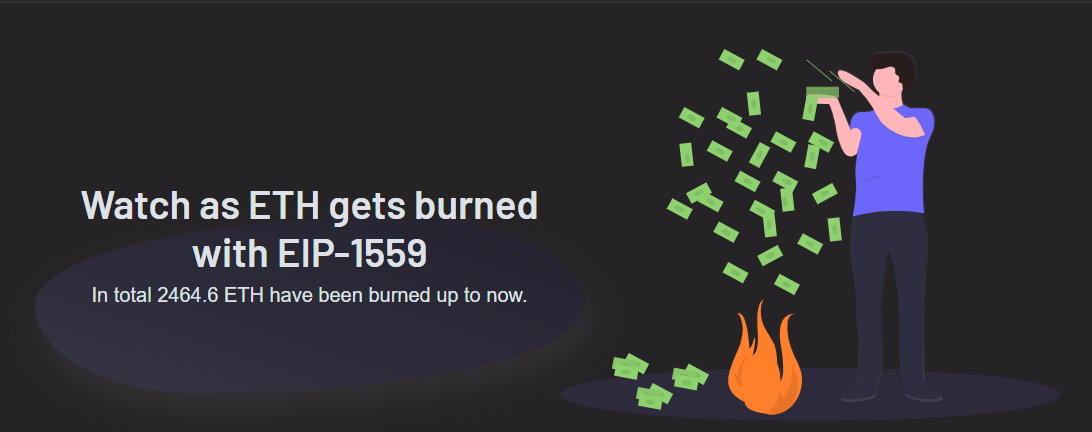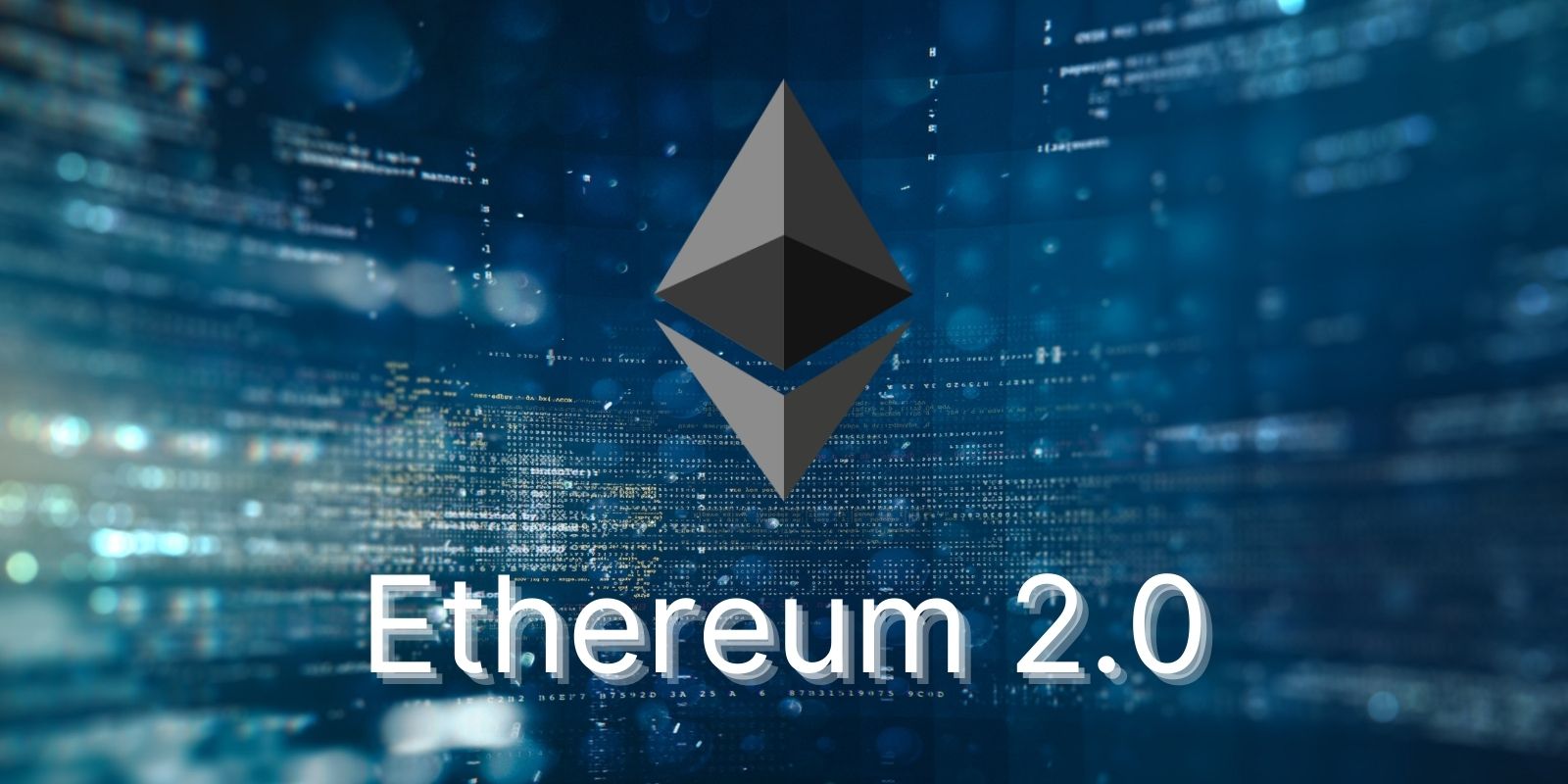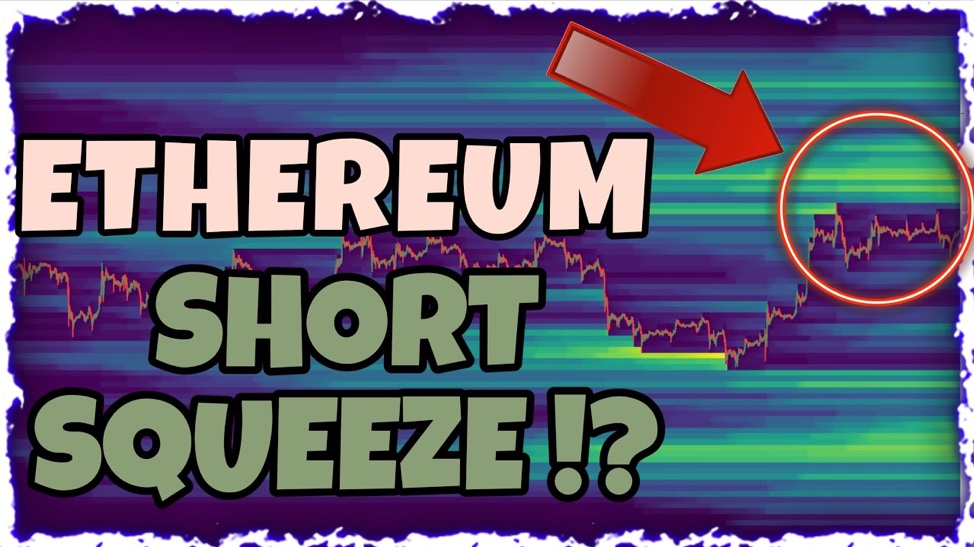A countdown has been released on the official website indicating that this Thursday, August 5th, the Ethereum cryptocurrency platform would receive an update, called the London fork.
This update indicates some improvements for the network, one of which is the promise of reducing energy consumption – but this movement worries miners, since the action will result in reduced profits. Still, investors are already excited about the news, as unit prices tend to rise.
What is the Ethereum London fork (also known as EIP-1559)?
Called the Ethereum Improvement Protocol 1559, EIP-1559 or, popularly, the Ethereum London fork, the aim of the implementation is to ensure more predictable transaction rates.
Currently, ETH bidding takes place between users, with the rate, variable according to ongoing disputes, entirely dedicated to miners who validate transactions. Once the Ethereum London fork is released, an algorithm will determine the base transaction rate based on traffic, displayed in advance—giving people more time to process their business.
Ethereum London fork: What changes?
1. Change in ETH network consensus
The first and biggest change seen by users will be in the way Ethereum validates blocks in the blockchain.
Currently, the Ethereum blocks are mining by Proof-of-Work (PoW), that is, great computational power is needed to include blocks in the network. With the Ethereum London fork update complete, the situation is changing.
The Ethereum London fork changes will reduce the computing power required by mining by up to 99%, and this will encourage the construction of new Ethereum platforms.
In addition, each transaction is already withdrawing part of the supply from the market and these supplies are being sent to an inaccessible wallet. So far, more than 2,000 ETH have been sent to this portfolio, according to the Etherchain block explorer’s burn tracker. Limiting offers, then, will generate more demand and consequent appreciation.

2. Network ETH redesign
Instead of the idea of being a single decentralized computer for the world, with the London fork upgrade, Ethereum will have a structure of several “mini-computers” integrated into a main network. The network will be split into shards.
But what would sharding be? This is a term that descends from computer science and means the partitioning of a database across multiple machines. When it comes to blockchain, in simple terms, sharding means splitting the network of a cryptocurrency into several interconnected blockchains.

3. ETH monetary policy modification
With the London fork upgrade Ethereum’s monetary policy will also change completely. In the first phases of Ethereum post London fork we will have two separate networks generating rewards both for those who mine via Work Proof, and for those who validate blocks via Quantity Proof.
This means that we will have the same 2 Ethers per block in mining, plus a variable amount of Ether generated in the chain with PoS. This will happen until regular Ethereum integrates into Ethereum 2.0, also called the Ethereum post London fork (see below for upgrade phases).
The table below shows the amount of Ether that will be created in the PoS chain. The values are determined according to the number of validators, the idea is that there is enough incentive for users to migrate to the new version.

Ethereum London fork: how will it be released and implemented?
The Ethereum London fork upgrade will be released in phases, each with its own completion timeframe.
Serenity Phase 0: The coming of the validators. Implementation of the “Beacon Chain” that will have the Proof of Stake and will allow you to transact ether from the old chain to the new one.
Phase 1: The expected sharding. As long as the beacon chain is working perfectly, we will have the release of the main scalability feature, sharding.
Each of these blockchains will be a shard, initially we will have 64 of them, with the possibility of future expansion. The beacon chain will serve as a bridge between the shards. At this stage, users will only be able to transact ether without smart contacts.
Phase 1.5 and 2: The return of decentralized applications (Dapps). In phase 1.5 we will have the integration of Ethereum with Ethereum 2.0 (post London fork upgrade), it will be one of 64 shards. It is in phase 1.5 that the end of the Work Test will be declared and the generated Ether graph will look like this:

In phase 2, we will have the input of Dapps for all shards, this means that smart contracts will be enabled again. New programming languages, in addition to Solidity, will be added to the development of Dapps.
Stage 3: The final touches. This is the least defined phase of the new Ethereum post London fork upgrade. According to Vitalik Buterin, co-founder of Ethereum and co-founder of Bitcoin Magazine, this is the time to add new features like more shards, ZK-Starks (to improve network privacy) and other technologies that are still being developed .
Ethereum 2.0: How long until completion?
According to Buterin, the development of the Ethereum roadmap could take 5 to 10 years to complete. Each phase is expected to last between 6 and 8 months, however, the cryptocurrency development team has become notorious for delaying deadlines in recent years.
The idea of having two separate networks with different tokens can result in the price difference of Ether locked in Ether’s Ethereum 2.0 in the PoW chain. Therefore, we can even expect the emergence of markets trading Ether bonds in the 2.0 chain for Ether in the main chain.
Now, if you want to become a validator in Ethereum 2.0 (post London fork upgrade), you will need 32 Ethers locked in the new chain.





